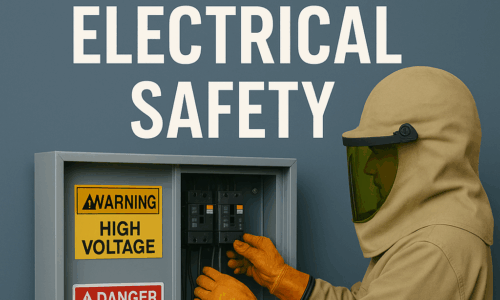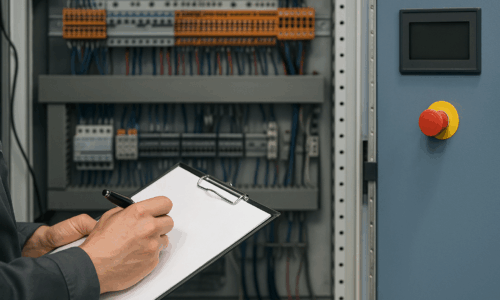Ask Lewis Bass: A Question About Seismic Anchorage
Welcome to another blog in our ongoing series, Ask Lewis Bass!
This series features actual submitted questions from companies in the industries we provide engineering safety consulting services to.
Topics covered include those associated with our work in 3rd party field labeling, SEMI S2/S8/EMC/F47 testing and design, CE Marking evaluations, and general engineering safety consulting questions.
Question:
Hi Lewis Bass,
I have a few large machines in my facility that are on casters and they have not been moved from their locations since we purchased and installed them late last year.
Recently, I had a safety engineering consultant come by my facility for a separate issue and he made mention of one of my machines being on casters and not having seismic anchorage. He informed me that I should consider permanently anchoring this machine if it was not being continually moved in my facility (which it isn’t).
It was also my understanding that equipment on casters is one of the exceptions with regards to compliance to seismic code compliance.
Am I mistaken?
Asked by Marlene in San Jose, CA
Lewis Bass:
Hi Marlene,
Generally speaking, if the machine is over 400 lbs in addition to not being periodically moved from its installed location, you should consider permanent seismic anchorage for the machine over the factory-installed casters.
While this specific situation is not exactly called out word-for-word in any code requirements, it is generally a good practice to do if the machine meets weight and center of gravity requirements for machines and components without casters, aka: permanently installed machinery/components.
For further clarification on this situation , I have referenced the American Society of Civil Engineers seismic bracing requirements for machines/components listed in Table 13.6-1 of Section 13.6 of ASCE 7-10 for your reference below:
- Section 13.1.4 item 6c: Any component weighing more than 400 pounds.
- Section 13.1.4 item 6c: Any component where its center of gravity is more than 4 feet above the floor.
- Section 13.6.5.6 has specific electrical conduit size and weight requirements.
- Section 13.6.7 has specific size and weight requirements for suspended duct systems.
- Section 13.6.7 has specific size and weight requirements for suspended piping systems.
Do you have a question for Lewis Bass?
If you have a question you would like to ask our engineering team about, and don’t mind it being featured in one of our upcoming blog posts, please contact us and reference “Ask Lewis Bass” in the message body.
Include any helpful context along with the question you’d like us to answer for you. All company contact information except for a first name, is anonymized for privacy reasons.



